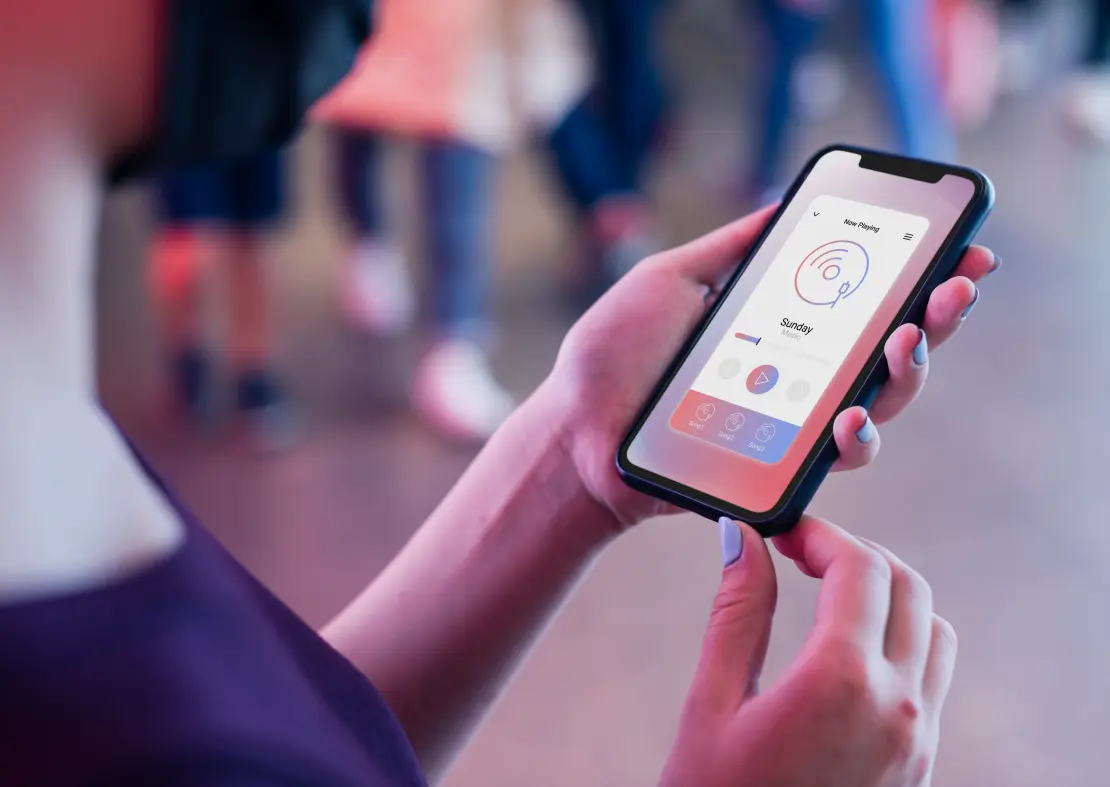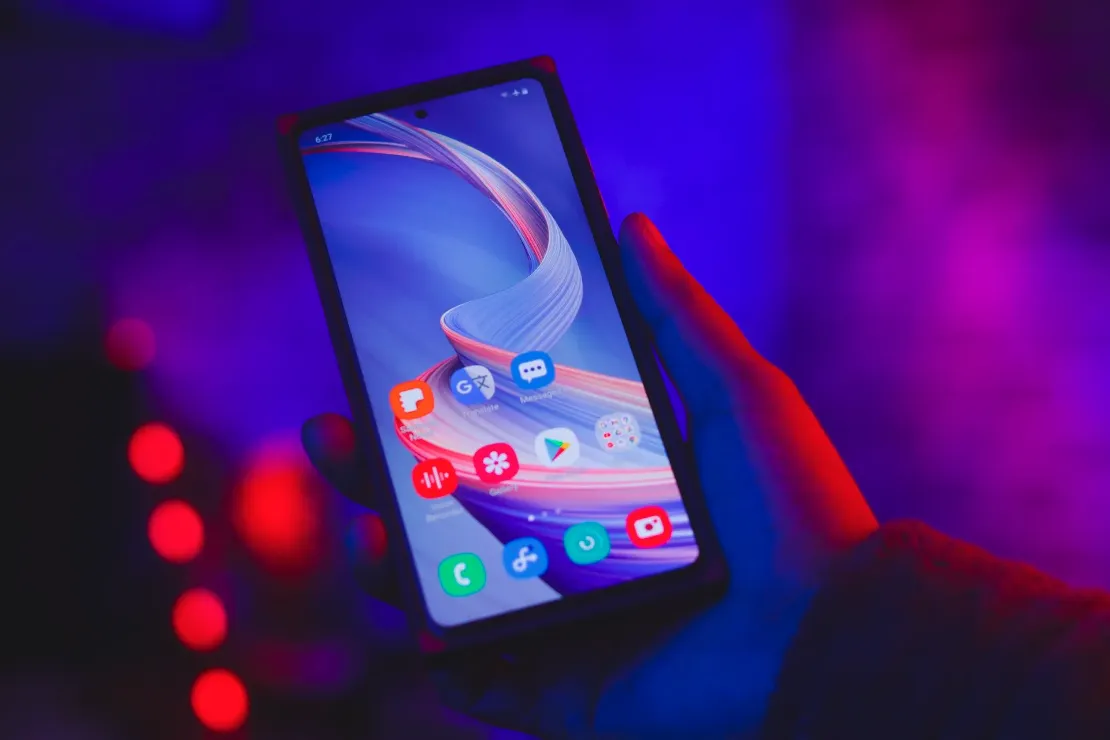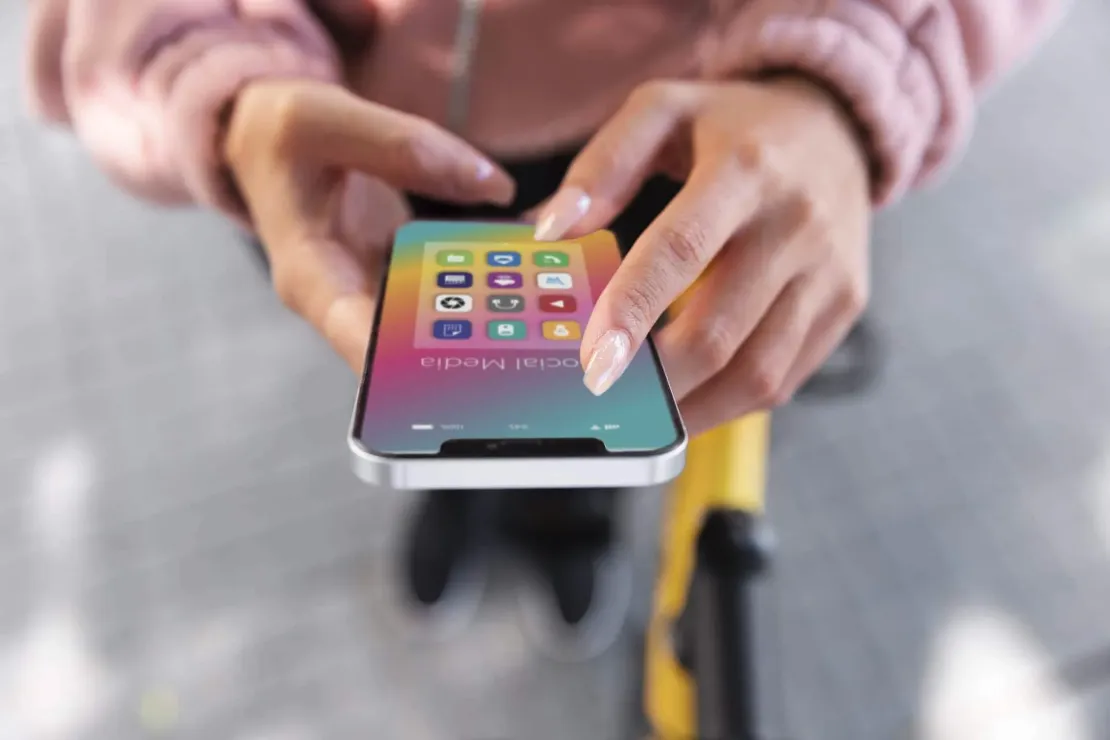Given the current growth rate of the mobile app market, one might think it’s inevitably heading towards a saturation phase. However, the app economy shows no signs of slowing down.
2016 was a great year for mobile apps, and 2017 is on track to be yet another progressive year. The truth of the matter is; mobile apps are slowly eating up the market in virtually every sector. The industry is booming like never before, and the growing demand has contributed in increasing the mobile developer population.
Consumer demand has sparked a fierce competition between mobile developers, but that only helps the industry have a healthy growth. The corporate and enterprise world are now putting innovation at the top of their list, so mobile developers have no other choice but to adopt and expand on the latest trends or be replaced.
With how things advance, the cost of adopting a mobile app will become within reach for a lot of small businesses in 2017, so we can expect a massive expansion to the mobile realm.
In any case, the upcoming period is certain to be exciting when it comes to mobile apps. The following are just a few directions the mobile app development industry is going to take:
1. Accelerated Mobile Pages (AMP)
Google is putting a lot of effort into making web pages faster and more responsive for mobile. They are even creating a new Google index for search through mobile versions of websites.
Over half of smartphone users will abandon a webpage that takes longer than three seconds to load. Speed is a big deal on mobile, and since the AMP framework has been proved to have faster loading times and better user experience, we don’t see any reason why it won’t catch on.
2. Augmented Reality and Virtual Reality
What happened after Pokemon Go is a clear indicator that augmented reality (AR) and virtual reality (VR) apps are preparing to hit big.
VR and AR apps are now taking swings at a lot of other industries besides gaming – fashion, retail, real estate and health are just a few examples. Now that both Apple and Google are pouring massive resources in these emerging technologies, they will surely thrive for the next couple of years.
3. Artificial Intelligence
In 2016, all we had was Siri, Prisma, and Google Now. But 2017 is expected to see a 300% increase in AI integration investments. Why? Many huge players like IBM, eBay or Facebook want what Google, Apple, and Amazon are already having.
Chances are, with all these new investments, mobile AI’s will become even smarter in providing users with advanced analytics and cognitive interfaces.
4. Cloud-Driven Apps
It’s good to see that cloud computing is finally playing nice with mobile apps. Powerful mobile applications are already fetching data directly from the cloud while managing to take minimum space from your internal memory.
Cloud traffic is expected to have a massive growth on mobile in 2017. Developers are embracing cloud-driven apps because the technology provides a well-rounded cross-platform structure for their apps.
5. Enterprise Apps
As more enterprises realise that having an in-house app leads to a better organising of their business operations, more and more companies will choose invest in micro-apps development. This allows their employees to collaborate on projects and enjoy other enterprise-specific solutions.
Adding the fact that micro-apps are usually lightweight and resource efficient, it is estimated that the area of enterprise apps will become a bigger piece of the app market in the following years.
6. Market for Wearable Devices
Whether it is a smartwatch, heart rate tracker, or a virtual reality headset, wearable devices were a big phenomena in 2016, and that trend will continue in 2017. Although the wearable market is not set on booming like other markets, a recent study predicts a solid 20% increase by 2020.
7. More Mobile Apps Supporting M-Commerce
Despite some minor security setbacks, mobile commerce will continue to gather momentum in 2017. Users love the idea of purchasing items from their mobile devices because it is fast and simple.
Since both Apple and Google are set to making mobile security a top priority in 2017, the m-commerce forecasts are expected to reach $157 billion this year.
8. The Growth of Internet of Things (IoT)
A few years ago the only thing in your house connected to the internet was your computer and maybe your mobile phone. Today, dozens of devices in our homes can work online such as smart TVs, security cameras, appliances, video game consoles, and so on.
Though it might take some time for IoT apps to take off, we are already seeing an increase in demand for connected things. As Google is taking steps to increase adoption for apps like this, IoT will undoubtedly be a major trend in the upcoming years, not just 2017.
9. Beacon/ Location-Based Services
Take a moment and look at Uber’s success with location-based applications. But do it fast, since more companies are jumping into this sector, looking to reach the same level of success.
Beacons and location-based services offer a range of possibilities for personalised mobile app services. Marketers are very aware of this opportunity, so aware that over 66% of them look at location-based marketing as the biggest mobile opportunity. App entrepreneurs are already adding to this trend, as more location-based apps are hitting the shelves in 2017.
10. App Streaming
One of the main reasons why users uninstall a certain app is that it requires a lot of space. App streaming might just be the solution to this problem.
Android already has a limited selection of apps that are able to run instantly. Without the need to install, the user is more likely to try out an app. This trend is predicted to change the app industry in the future, but so far instant apps have been a rare occurrence in Google Play Store.
In any case, the app streaming technology is just beginning to unfold, so 2017 will most likely serve as a teaser for what is yet to come.
11. Progressive Web Apps
Mobile browser audience is always increasing, so it’s no wonder progressive web apps are taking off. Similar to instant apps, progressive web apps don’t need to be downloaded – the entire UI runs through any web browser.
Progressive web apps will surely gain a lot of popularity in 2017. As long as the mobile audience growth is based on mobile websites, developers will continue to push for this trend.
12. Wireless Audio
Another trend that will continue to grow in 2017 is wireless audio. The pioneer in this field was definitely Apple with the famous Air Pods, but Samsung already joined this trend with Galaxy S8. There’s definitely a trend towards cutting cords with audio.
Bottom Line
The future of mobile apps certainly looks bright, with an entire plethora of innovative possibilities. With billions of dollars at stake, 2017 will be the year of rapid business growth. Quality and user experience are set to remain the two main ingredients for success as more futuristic trends take the shape of apps in virtual stores.





























